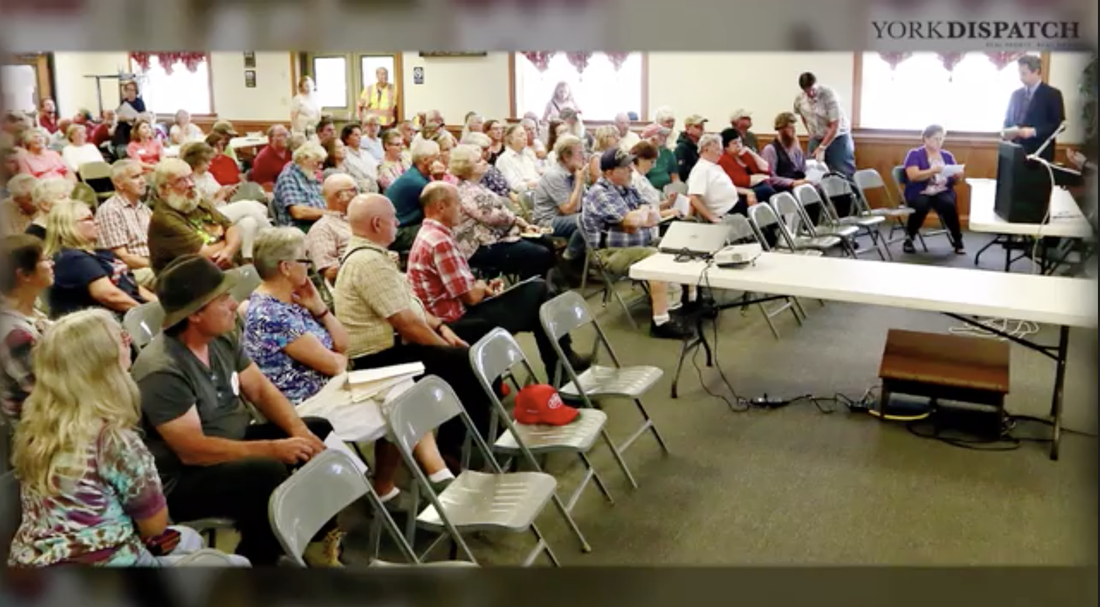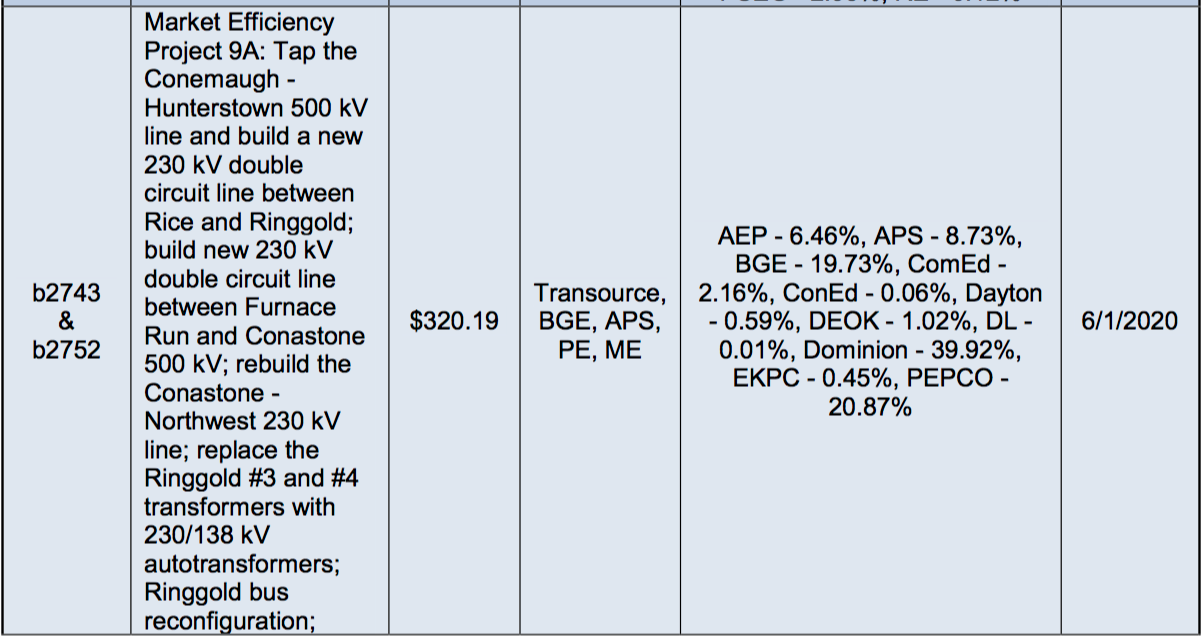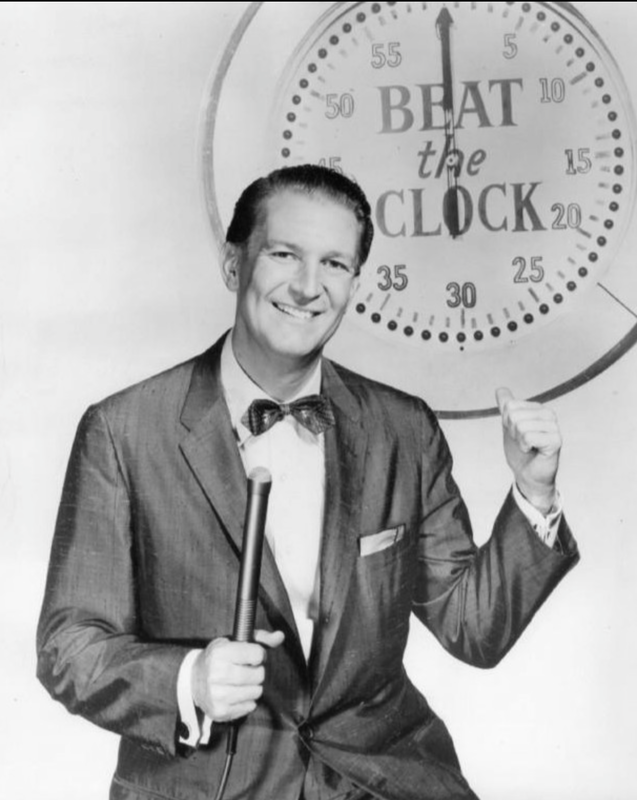The lawsuit seeks to require 36 generating units at 19 plants in upwind states to install the same scrubbers and other air-cleaning technology that Maryland requires plants within its borders to install.
Maryland's electricity consumption exceeds its net generation. Almost half of the power consumed in the state comes from the PJM Interconnection, the Mid-Atlantic regional electricity transmission grid.
Also in the works is the Independence Energy Connection, a set of new transmission lines intended to funnel more dirty Pennsylvania electricity to Maryland. Grid planner PJM Interconnection says that the project will produce lower electric costs for Marylanders, especially in the Baltimore metro area.
But what if Maryland's lawsuit is successful and those cheap and dirty Pennsylvania generators PJM is counting on are required by court order to install new scrubbers and air cleaners? The cost of that equipment is going to increase the cost to produce that dirty power to be shipped to Maryland by IEC in the future. I'm going to make a wild guess here that the increased cost of power produced in Pennsylvania is going to change the projected economics of the IEC significantly, negating any benefit at all. No benefits, no need to construct IEC.
Maryland has also recently outlawed shale gas fracking. Maryland doesn't want to compromise its own environment to produce cheap shale gas, but yet it has no problem helping itself to cheap shale gas electricity produced in the fracking state of Pennsylvania.
Maryland, you're a big, fat hypocrite. How about you stop depending on dirty fossil fuel generators in other states and step up to produce your own clean electricity? You've got an ocean of offshore wind opportunities just off your shore. Offshore wind is so clean it produces no emissions at all. Start walking your talk, Maryland!
But wait, clean electricity is more expensive! And Maryland doesn't want to pay more for electricity. It wants to pay less by supporting the construction of new transmission lines from dirty Pennsylvania generators.
You can't have both, Maryland. What's it going to be? Cheap electricity? Or clean air? Or you could just shut off the lights.




 RSS Feed
RSS Feed